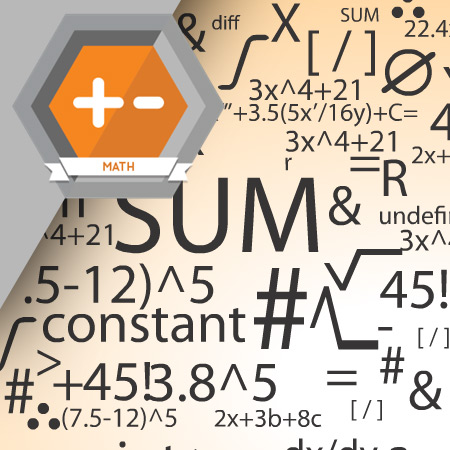
Good math skills are essential for your success in manufacturing. This course introduces resources you will need when working with math.
Learning Objectives
- Identify the different branches of mathematics
- Use the calculator
- Look up terms in the glossary
- Understand the importance of estimating an answer before calculating it
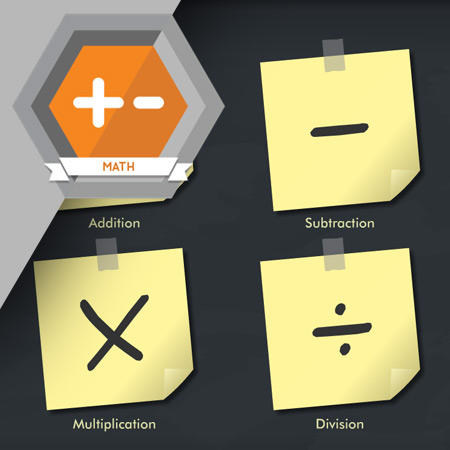
Arithmetic has four basic operations: addition, subtraction, multiplication, and division. Each operation has its own symbols, terminology, and rules.
Learning Objectives
- Name the four basic arithmetic operations
- Identify the symbols for the four basic operations
- Identify the arithmetic comparator symbols
- Define the terminology used with the four basic operations
- Perform math problems using the correct order of operations

In this course, you will learn how to understand place values and explore the six different types of numbers. You will also find out how number lines can help you compare the values of numbers.
Learning Objectives
- Identify place values
- Explain the base ten numbering system
- Identify different types of numbers
- Distinguish a rational number from an irrational number
- Identify the parts of a number line
- Determine the value of hatch marks on a number line
- Define opposite numbers
- Determine a number’s absolute value
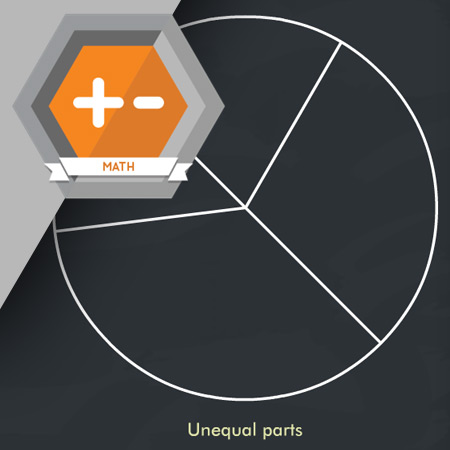
A fraction represents part of a whole. Every fraction has a numerator and denominator. In this course, you will learn what a fraction is and the parts that make one up. You will find out how to compare fractions. You will also discover techniques for finding the least common denominator and ordering fractions.
Learning Objectives
- Understand the importance of equal parts
- Identify the numerator and denominator of a fraction
- Compare fractions
- Describe how to use a fraction number line
- Understand how to solve problems using pictures
- List the different types of fractions
- Explain equivalent fractions
- Find a common denominator and the least common denominator
- Describe techniques to order fractions
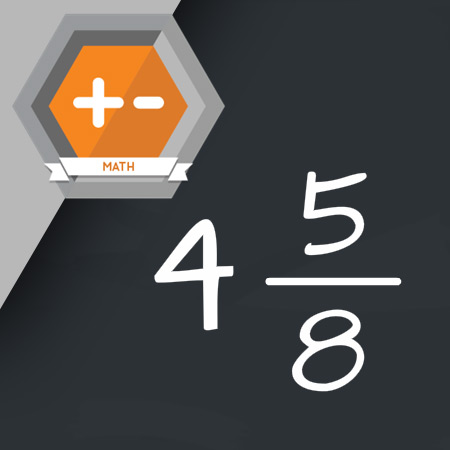
In this course, you will learn about fractions. You will discover how to convert improper fractions to mixed fractions. You will also find out how to simplify fractions and convert between fractions, decimals, and percentages. Finally, you will learn to add, subtract, multiply, and divide fractions and solve word problems.
Learning Objectives
- Convert between improper fractions and mixed numbers
- Simplify fractions
- Convert between fractions, decimals, and percentages
- Add, subtract, multiply, and divide fractions
- Understand reciprocal fractions
- Add, subtract, and multiply mixed fractions
- List the steps to solve word problems
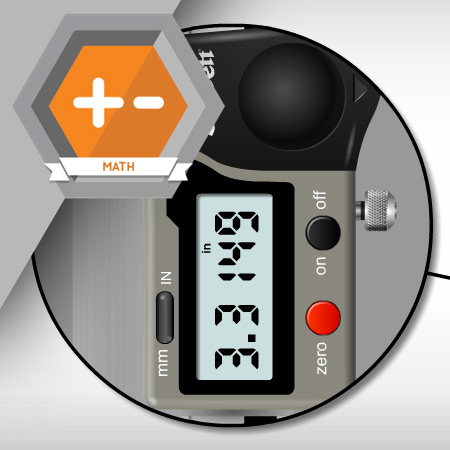
If you work with measuring instruments or engineering drawings, then you have probably encountered numbers that contain decimals. Fortunately, working with decimals is not rocket science, so you can quickly master the basics of adding, subtracting, multiplying, and dividing decimals.
Learning Objectives
- Identify place values of decimal numbers
- Understand the power of tens
- Determine when to use leading and trailing zeros
- Add, subtract, multiply, and divide decimals
- Round decimal numbers

Performing arithmetic operations on numbers that have a positive or negative value initially appears tricky. However, memorizing a few rules makes easy work of calculations involving addition, subtraction, multiplication, and division.
Learning Objectives
- Understand the difference between a positive and negative number
- Add positive and negative numbers
- Subtract positive and negative numbers
- Multiply positive and negative numbers
- Divide positive and negative numbers
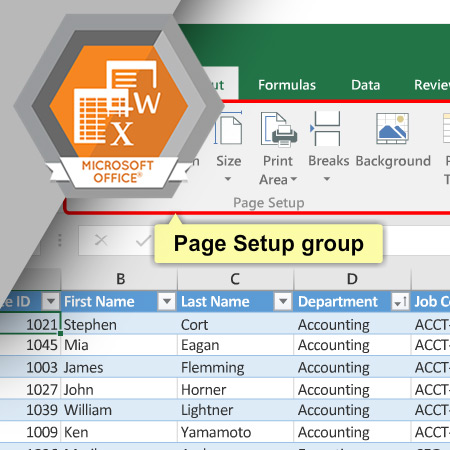
In manufacturing, you can use the Cartesian coordinate system to identify precise locations on a part. The Cartesian coordinate system uses coordinates to identify the location of a point on a plane or in space.
Learning Objectives
- Define the Cartesian coordinate system
- Identify axes
- Define and plot points in the two-dimensional and three-dimensional Cartesian systems
- Plot points in different quadrants
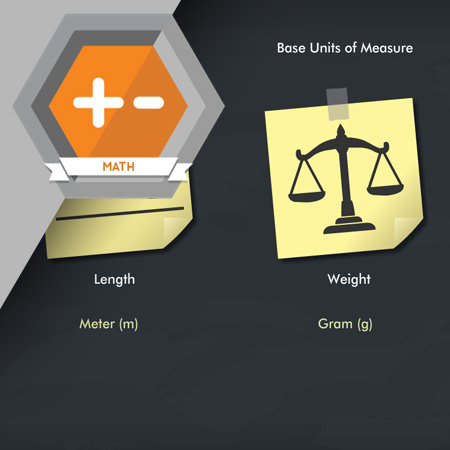
The metric system is often used in manufacturing to measure distance, weight, and volume. To work in manufacturing, you need to understand how to work with the metric system.
Learning Objectives
- Describe two systems of measurement
- Identify metric units for length, weight, and volume
- Convert between metric units
- Convert from inches to millimeters
- Convert from millimeters to inches
